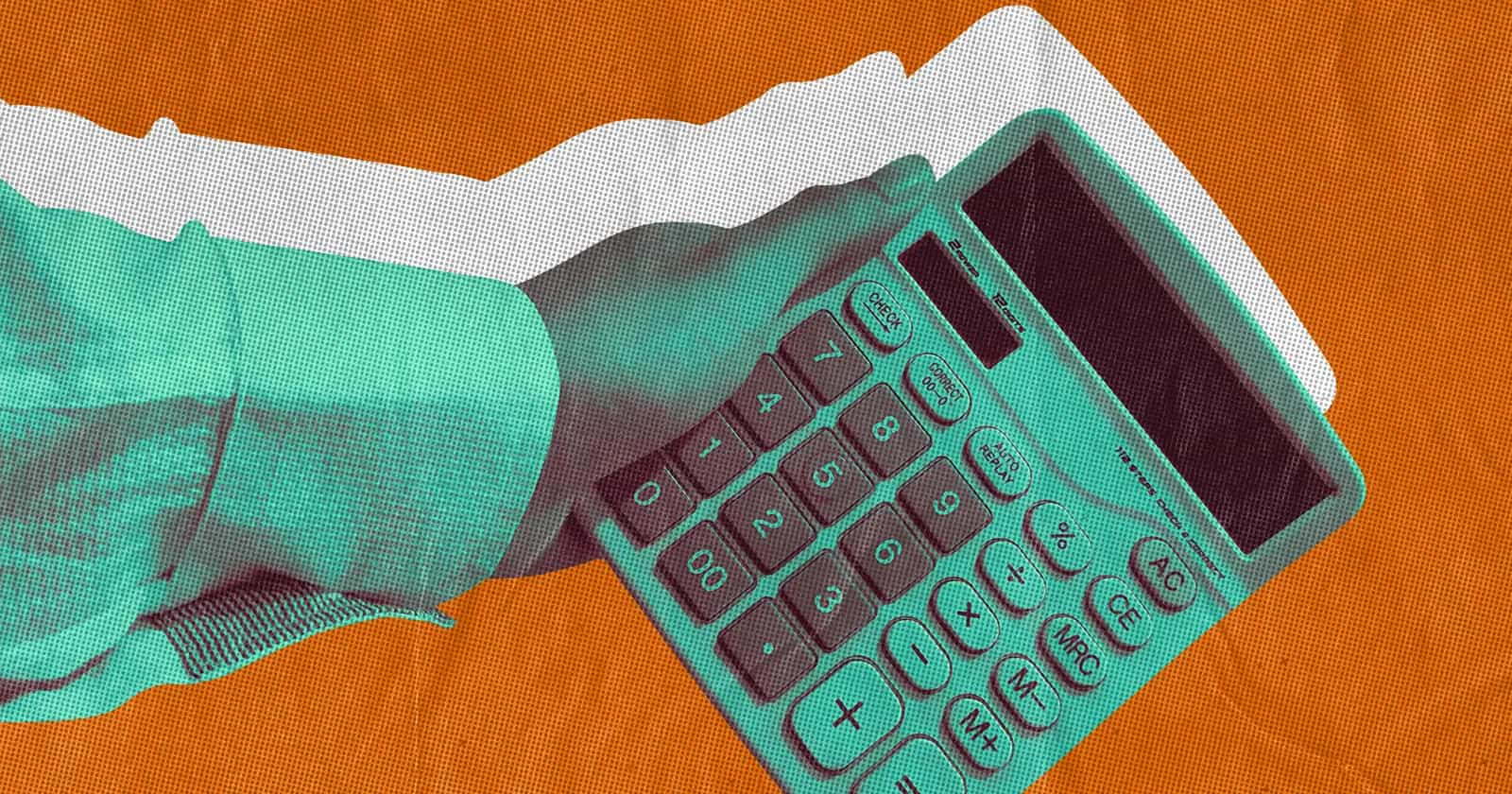Payroll garnishments are a critical yet complex aspect of managing employee compensation. Whether it’s child support, tax levies, or creditor debts, each type of garnishment has its own set of rules and procedures. As an employer, it’s your responsibility to understand these distinctions and ensure compliance to safeguard your employees and your business.
In this article, we will walk you through what payroll garnishments are, the steps you need to take to garnish employee wages effectively, and how to minimize risk to stay in line with federal and state regulations.
{{rich-takeaway}}
What are payroll garnishments?
A wage garnishment, also called a wage attachment, is when an employer withholds a portion of an employee’s pay to cover a debt. Garnishments are typically initiated by a court order — known as a writ of garnishment — or by a government agency, like the Internal Revenue Service (IRS). Once notified, employers are legally required to deduct the specified amount from the employee’s wages and send it to the designated agency or creditor.
Common Types of Wage Garnishments
Employers may be asked to withhold wages for various types of garnishments, including:
- Child support: Payments for dependent care
- Alimony: Payments for spousal support
- Tax levies: Payments for unpaid taxes. Tax levies do not require a court order.
- Creditor garnishments: Payment for unpaid consumer debts, such as:
- Federal student loan defaults
- Automobile loan defaults
- Credit card debt
Knowing the type of garnishment is crucial, as each comes with its own legal requirements, priority rules, and compliance obligations for employers, which we’ll explore in more depth in a later section.
Payroll Garnishments: Employer Responsibilities
Here’s a step-by-step guide to what receiving and responding to a writ of garnishment looks like for an employer.
1. Receive the court order or levy.
Received a writ of garnishment from a court order or a government agency? Start by reading the document thoroughly. Typically, garnishment requests will include the following key information:
- Employee information: The form will include the employee’s name and address so you can identify exactly who the request is for.
- The total amount owed and the type of debt: It will specify how much the employee owes and whether it's for child support, unpaid taxes, or another type of debt.
- Court or agency information: There will also be details about the court or government agency that issued the garnishment.
- Garnishment amount: The writ will state how much should be withheld from the employee's wages — either a fixed dollar amount or a percentage of their disposable income.
- Payment instructions: It will also provide details on how and where to send the garnished wages, whether to a court, government agency, or creditor.
- Deadline: The writ will specify a time frame for when your business must start withholding payments and how often to send the garnished wages.
2. Notify the employee.
Before garnishing employee wages, verify that the individual named in the writ is still employed at your company. Once confirmed, notify the employee in writing about the garnishment order, including:
- The start date of the deductions
- The amount to be withheld
- Any relevant details about the garnishment process
This ensures there are no surprises when the employee’s paycheck is reduced and gives them an opportunity to prepare financially. If there is an error — such as a mistaken identity or an incorrect garnishment request — this notification allows the employee to contact the creditor or government agency to dispute the order or arrange payment.
3. File a statutory response form.
Some wage garnishment orders require employers to complete and submit a statutory response form. This form confirms receipt of the garnishment order and includes key details such as the employee’s information, earnings, and the amount to be withheld from each paycheck. Submitting this form serves as legal proof that your business is complying with the order. Just make sure you mind the reply deadline, as failing to respond on time may result in penalties.
4. Calculate the correct withholding.
Next, calculate the correct withholding amount based on the employee’s disposable income and state and federal government garnishment limits. If the employee has multiple wage garnishments, follow the required prioritization order (which we’ll explore in a later section) to ensure compliance and accurate calculations. You’ll also want to reference the writ to verify the frequency and timing of garnishments.
5. Send garnishment to the creditor.
Once you’ve garnished the employee’s wages, you’ll need to send the funds to the designated party — whether that’s the court, government agency, or a creditor — by the specified deadline. This is usually done through a check or direct deposit, depending on the writ’s instructions.
6. Maintain detailed records.
To protect your business and ensure compliance, maintain detailed records of all wage garnishment activities. This includes:
- The original garnishment order
- Employee notifications and communications
- Deduction calculations and amounts withheld
- Payment confirmations sent to the court, government agency, or creditor
Additionally, if the employee leaves your company, you must promptly notify the IRS, court, or creditor to avoid any further liability.
7. Stop garnishments as needed.
Your business is responsible for garnishing employee wages until:
- The debt is fully repaid
- The default status is resolved
- A court or agency issues a termination order
- The garnishment order expires
- The employee leaves your company
Whatever the reasoning may be, always confirm termination requirements with the issuing agency before stopping wage deductions.
How much of an employee’s wages can be garnished?
Under Title III of the US Department of Labor’s Consumer Credit Protection Act (CCPA), there are limits on how much of an employee’s disposable earnings can be garnished in any workweek or pay period.
{{rich-highlight-4}}
Garnishment Limits
Under Title III, the maximum amount an employer can garnish for ordinary garnishments (excluding support, bankruptcy, or taxes) from an employee in a workweek or pay period is the lesser of:
- 25% of disposable earnings, or
- The amount by which income exceeds 30 times the federal minimum wage
These limits help ensure employees retain enough income while complying with legal obligations. That said, specific garnishment types come with their own limits, as reflected in the CCPA:
State Garnishment Limits
You’ll also need to consider state wage garnishment laws.
- The state where your business is located: Four US states do not allow employee wages to be garnished for consumer debts: North Carolina, Pennsylvania, South Carolina, and Texas. These states still allow wages to be garnished for child support and unpaid taxes.
- Your employee’s state: If your employee is located in a state with different garnishment rules than the CCPA, you must follow the law that results in the lower garnishment amount to protect the employee’s earnings. Always verify the specific state garnishment limits for the employee’s state to ensure compliance.
Compliance Considerations
Here are a few things to keep in mind when garnishing employee wages:
1. Prioritization of Garnishments
If an employee has multiple garnishments, some take priority over others. The date of a garnishment order is also considered when determining its priority level, but generally, the order of prioritization is as follows:
- Child support and alimony (top priority)
- Federal tax levies
- Student loans
- Creditor garnishments (lowest priority)
Employers must withhold garnishments in the correct order, or they can face legal complications or penalties. As always, be mindful of any state-specific rules that may affect garnishment prioritization.
2. Employer Liability and Penalties
Failing to comply with a garnishment order may be considered contempt of court, exposing your business to fines, legal penalties, and potential liability for unpaid amounts. Penalties vary by state, so it’s crucial to follow both federal and state laws to avoid legal and financial consequences.
3. Administrative Burden
To comply with garnishment orders, your business is responsible for handling several key steps. This includes responding to court orders, notifying employees, and sending payments to the appropriate agencies to avoid any fines or legal issues. By staying organized and following these steps carefully, you can effectively manage garnishments and maintain compliance.
While voluntary wage assignments (employee-authorized deductions) don’t carry the same legal requirements as garnishments, it's still essential to document them properly. Keeping accurate records and closely tracking deductions ensures transparency and helps prevent any potential challenges in the future.
4. Employment Protections
Under Title III of the CCPA, employers cannot fire employees solely because their wages are garnished for a single debt. However, employees lose this protection if they have garnishments for multiple debts. Some state laws may offer additional protections, so employers should review state garnishment regulations before taking action.
Best Practices for Managing Garnishments
Here are a few tips to keep in mind to maintain compliance and ensure a smooth garnishment process.
1. Keep detailed records and stay organized.
Keep a record of all garnishment orders, employee communication, paycheck withholding, and payment confirmations to prove your compliance. Regularly audit your records to ensure accuracy and be prepared for any legal reviews or inquiries. Staying organized can help prevent disputes and potential penalties.
2. Train staff to handle garnishment effectively.
Ensure your HR and payroll teams are well-versed in federal and state garnishment laws, including the CCPA and any state-specific regulations. In addition to these laws, your training should cover:
- Types of garnishments and their deduction limits
- Prioritization order for multiple garnishments
- Employer compliance obligations
You’ll also want to create a standardized process for receiving and responding to garnishment orders so nothing falls through the cracks. From filing a statutory response to communicating with employees to maintaining detailed records, establishing clear internal processes can help your organization stay organized, avoid mistakes, and remain compliant.
3. Leverage payroll tools to reduce risk.
Managing federal and state garnishment rules can be tricky, especially on top of the already challenging task of paying your employees accurately and on time. To ease the burden on your HR and payroll teams, consider using a payroll solution like Lattice Payroll.
With Lattice, your business can:
- Automate garnishment deductions directly from employee wages
- Ensure compliance with both federal and state laws
- Minimize manual errors and save valuable time
- Access reporting tools to efficiently track and manage garnishments
🚩 Disclaimer: This article is for informational purposes only and does not constitute legal, tax, or compliance advice. Businesses should consult a qualified tax professional or legal advisor to ensure compliance with applicable laws and regulations.
🤔 Wait, what's considered "disposable" income?
In payroll speak, disposable income is the amount of earnings left in an employee’s paycheck after required deductions, including:
- Federal, state, and local income taxes
- Social Security and Medicare taxes
- State unemployment tax
While bonuses and commissions count as disposable earnings, tips are treated differently. For tipped employees, wages paid by the employer and any tip credit — the portion of tips an employer applies toward minimum wage — can be garnished, but additional tips generally cannot.
Key Takeaways
- Wage garnishments are legal deductions from employees' pay for debts, initiated by court orders or government agencies.
- Understanding the different types of garnishments — like child support, tax levies, and creditor debts — is crucial, as each has its own rules and prioritization.
- Employers must maintain accurate records, notify employees, and quickly respond to garnishment orders to avoid penalties.
- Utilizing payroll tools can help automate the garnishment process, reduce errors, and help you adhere to complex garnishment laws.




.webp)



